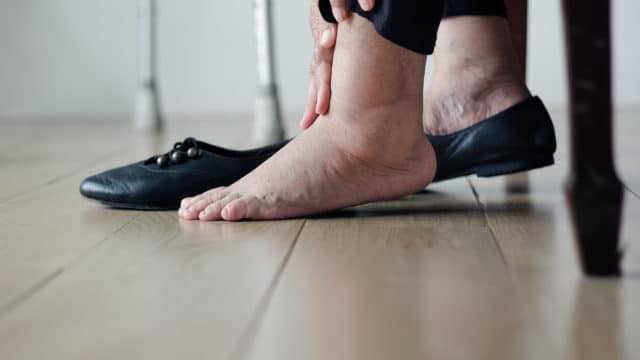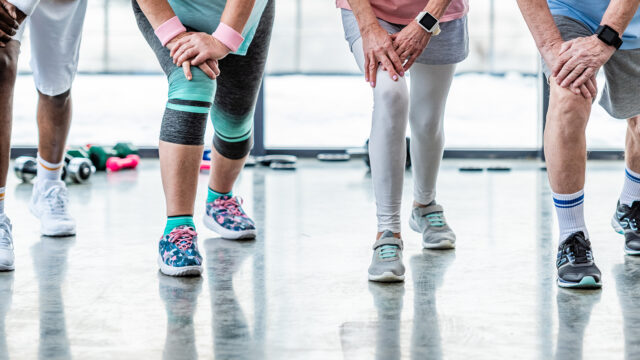Controlling Swelling with Multi-layered Compression Wraps
Multi-layered compression wraps are made to reduce and control the swelling, or edema, in your legs and keep it from coming back. They are made of different materials and may be two, three or four layers. Your doctor will decide which one is best for you. Usually, compression wraps for edema stay on for a full week, but sometimes it might need to be changed more often. You may need larger shoes or special footwear because the wrap may be too bulky to wear with your regular shoes.
If any of these things happen, take off the wrap by unrolling it one layer at a time or use blunt or round tip scissors. Do not use sharp scissors. Call your would center immediately or go to the emergency room if:
- You feel pain with your wrap.
- your toes swell up.
- If the drainage smells very bad.
- Your toes or leg feel numb or tingle.
- You have a change in the color or temperature of your toes.
How are multi-layered compression wraps applied?
Multi-layered wraps are wrapped one layer at a time in circles starting at the base of the toes and going up to just below the knee. The layers are wrapped so no skin is poking through. Wrinkles in your wrap can bother your skin.
How do I care for my multi-layered wrap?
The compression wrap must stay clean and dry. Do not get it wet in the shower or tub. You may do a partial bath; use plastic protectors like the ones made to cover casts, or you can cover the wrap with a large plastic bag, closed at the top, so that no water can get in. If you use plastic ones, be sure the cover has a special bottom so you do not slip.
What else do I need to know?
Try not to stand in one place too long. If you must stand in one place, move from one foot to the other as often as you can.
Your compression wrap may need to be changed if the following happens:
- Your wrap starts falling down
- Your wrap gets wet
- Drainage from your wound starts coming through the wrap.
If you have congestive heart failure, ask your doctor before doing the next two things:
- When you are sitting, put your leg above the level of your heart. A recliner makes this easier. You can also prop your leg up on a stool with pillows on top to get the right height.
- At night, put your legs on pillows, or put blocks under the foot of your bed. Your legs should be higher than your heart.



